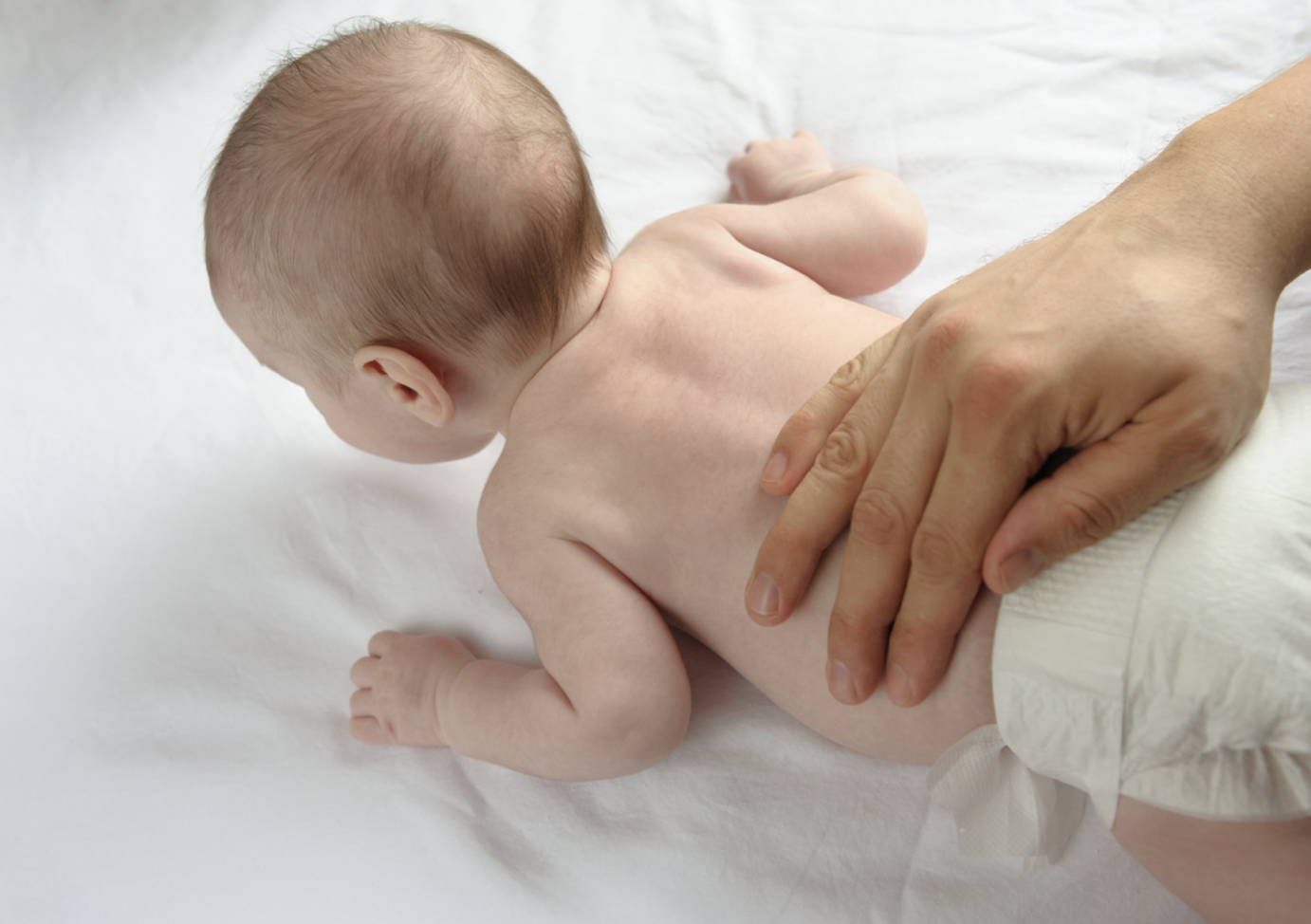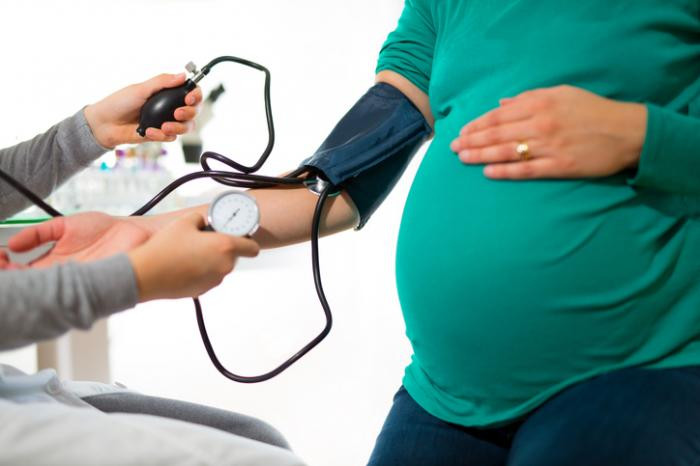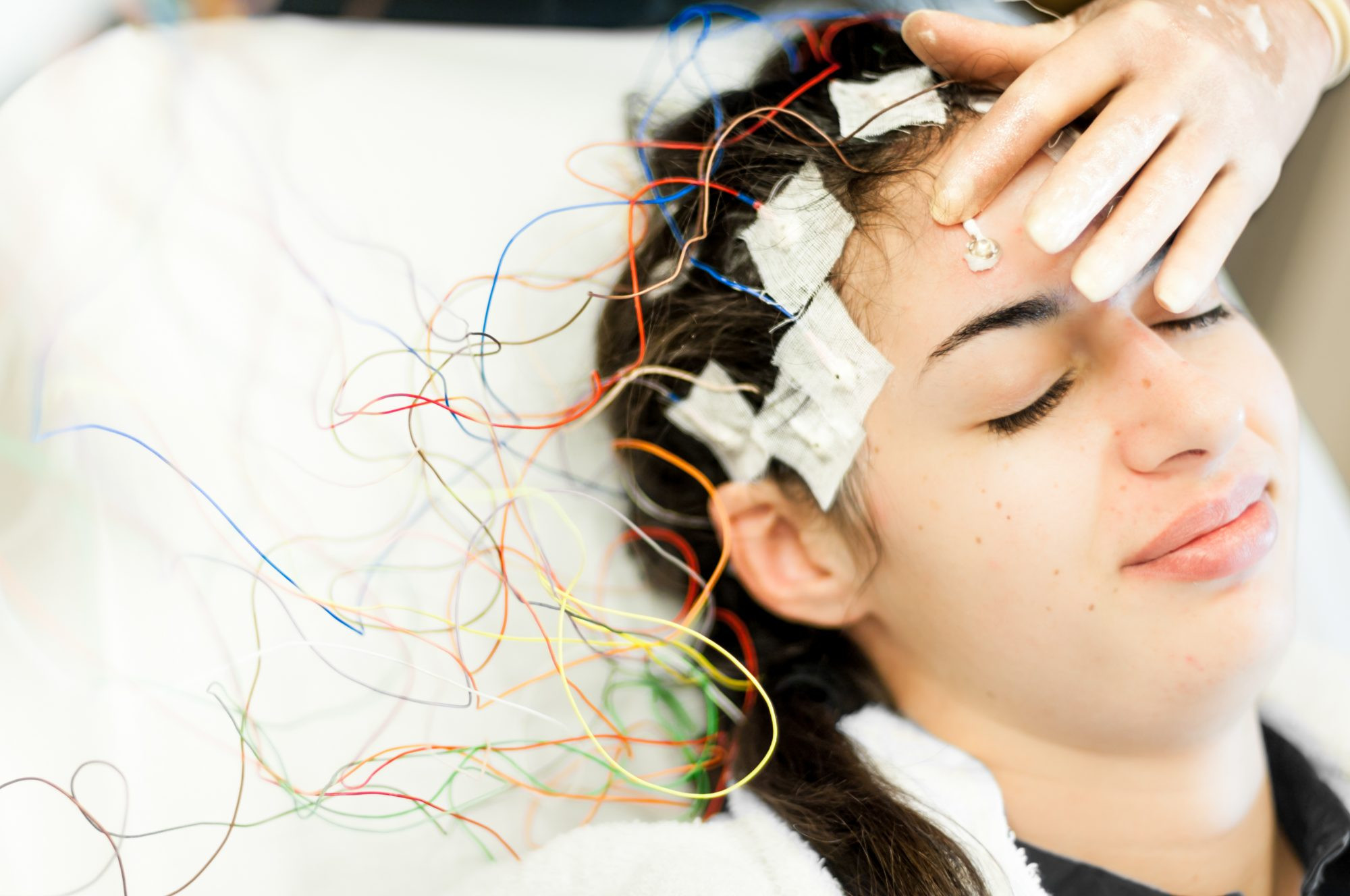Definition
Febrile seizures, also known as febrile convulsions, are seizures that occur in children due to fever and happen only when there is an increase in body temperature. These seizures typically occur in children aged 6 months to 5 years. While febrile seizures in children are generally not dangerous, their symptoms can be alarming.
Although typically harmless, it is important to contact a doctor if a child experiences a febrile seizure for the first time and remain vigilant if the seizure lasts more than 5 minutes.
Causes
The exact cause of febrile seizures is unknown. However, fever that triggers seizures in children can be caused by several factors, such as:
- Post-immunization: Some vaccines containing weakened viruses and the body's immune response in children can trigger fever.
- Infection: Fever resulting from viral or bacterial infections can lead to seizures.
Risk factor
Children aged 6 months to 5 years are at risk of experiencing febrile seizures. Additionally, children who have had febrile seizures before are at a higher risk of having them again during a fever, especially if the child is under 15 months old. The highest peak is at 17-23 months of age. If febrile seizures occur in children under 6 months or over 5 years old, they may be due to a nervous system infection.
Common infections that frequently trigger febrile seizures include respiratory tract infections, gastrointestinal infections, ear infections, urinary tract infections, acute viral infections, or post-immunization. Furthermore, a high fever (over 39 degrees Celsius) increases the risk of febrile seizures, though they can occur at any temperature above 37.5 degrees Celsius.
The risk of febrile seizures also increases 2-3 times if siblings have experienced febrile seizures. Additionally, the risk increases by 5% if parents have a history of febrile seizures.
If seizures occur after age 5 and are not accompanied by fever, epilepsy is a possible cause. Risk factors for developing epilepsy include:
- Existing neurological abnormalities before the first febrile seizure.
- Complex febrile seizures (occurring more than once in 24 hours or lasting more than 5 minutes).
- Family history of epilepsy in parents or siblings.
Symptoms
Febrile seizures are characterized by seizures during fever. Symptoms include repeated jerking of the arms and legs, upward eye rolling, and loss of consciousness. Febrile seizures usually last less than 2 minutes, but in more severe cases, they can last up to 15 minutes.
Febrile seizures lasting less than 15 minutes and not recurring within 24 hours are termed simple febrile seizures. If the seizure lasts more than 15 minutes or occurs more than once within 24 hours, it is termed complex febrile seizures.
Diagnosis
Febrile seizures can be diagnosed based on medical history and physical examination. Febrile seizures are classified into two types:
- Simple Febrile Seizures:
- Generalized seizures, such as jerking or body stiffness.
- less than 15 minutes.
- Seizures do not recur within 24 hours.
- Complex Febrile Seizures:
- Seizures affecting specific body parts or becoming generalized.
- more than 15 minutes.
- Recurring seizures within 24 hours.
During a physical examination, doctors will check consciousness and vital signs such as respiratory rate, temperature, blood pressure, and pulse. A thorough examination is conducted to identify signs of infection causing the fever. Doctors will also check for neurological abnormalities, such as head size, fontanelle status, signs of meningitis (e.g., neck stiffness), and reflexes.
Management
Febrile seizures typically are brief and stop on their own. However, some actions should be taken if a seizure occurs:
- Stay calm and do not panic.
- Loosen tight clothing, especially around the neck.
- If unconscious, position the child on their back with the head turned to one side. Clear any vomit or mucus. Do not put anything in the child's mouth.
- If there is a thermometer, measure the temperature. Record the duration and form of the seizure.
- Stay with the child during the seizure.
- Take the child to a doctor or hospital.
If a child experiences simple febrile seizures, self-care may suffice, and a doctor's visit might not be necessary. However, if it is the first seizure or you want to identify the cause of the fever, consult the nearest doctor.
Doctors may prescribe fever reducers such as paracetamol or anticonvulsant medications. Hospitalization is usually unnecessary unless the condition warrants it. If it is the first seizure, there are signs of severe infection, or it is a complex febrile seizure, hospital admission might be required.
Complications
Generally, febrile seizures do not cause serious complications, such as permanent neurological abnormalities or disabilities. A possible complication is recurrent febrile seizures in the future. The risk is higher if the first febrile seizure occurred with a low-grade fever, the child was under 18 months old at the first seizure, has family members with febrile seizures, and if the seizure occurred shortly after the onset of the fever.
Children with complex febrile seizures are at increased risk of developing epilepsy later. Rarely, they might also experience brain abnormalities called encephalopathy.
Prevention
Prevention includes administering fever reducers, monitoring the child's body temperature with a thermometer, sponging the child during a fever, and ensuring the child stays hydrated. Consult a doctor for advice on using anticonvulsants or fever reducers. The doctor might prescribe anticonvulsants to be given rectally during a seizure. Keep fever reducers such as paracetamol on hand with a doctor's prescription for emergency use.
When to see a doctor?
Although febrile seizures are not dangerous, prompt treatment is necessary. Take the child to a doctor if a febrile seizure occurs, especially if it is the first seizure or lasts more than 5 minutes. Visit the emergency department immediately if the febrile seizure is accompanied by:
- Projectile vomiting.
- Lethargy or excessive sleepiness.
- Neck stiffness.
- Difficulty breathing.
Additionally, if there is any uncertainty regarding the cause of the seizure and further diagnostic tests like an EEG, CT scan, or MRI are needed, consult a doctor.
- dr Ayu Munawaroh, MKK
- dr Nadia Opmalina
-
Pengurus Besar Ikatan Dokter Indonesia. Panduan Praktik Klinik di Fasilitas Pelayanan Kesehatan Tingkat Pertama. 2017.
-
Laino D, Mencaroni E, Esposito S. Management of Pediatric Febrile Seizures. Int J Environ Res Public Health. 2018 Oct 12;15(10):2232..
-
Smith DK, Sadler KP, Benedum M. Febrile Seizures: Risks, Evaluation, and Prognosis. Am Fam Physician. 2019 Apr 1;99(7):445-450.
-
Xixis KL, Samanta D, Keenaghan. Febrile Seizure (2021). Available from: https://www.ncbi.nlm.nih.gov/books/NBK448123/.
-
NHS. Febrile seizures. Available from: https://www.nhs.uk/conditions/febrile-seizures/.
-
Baumann RJ. Pediatric Febrile Seizures (2018). Available from: https://emedicine.medscape.com/article/1176205-overview.
-
American Academy of Pediatrics. Clinical Practice Guideline-Pediatric Febrile Seizures: Guideline for the Neurodiagnostic Evaluation of the Child With a Sample Febrile Seizure. Pediatrics. 2011;127(2):389-94.













